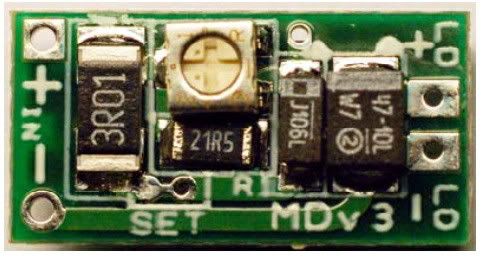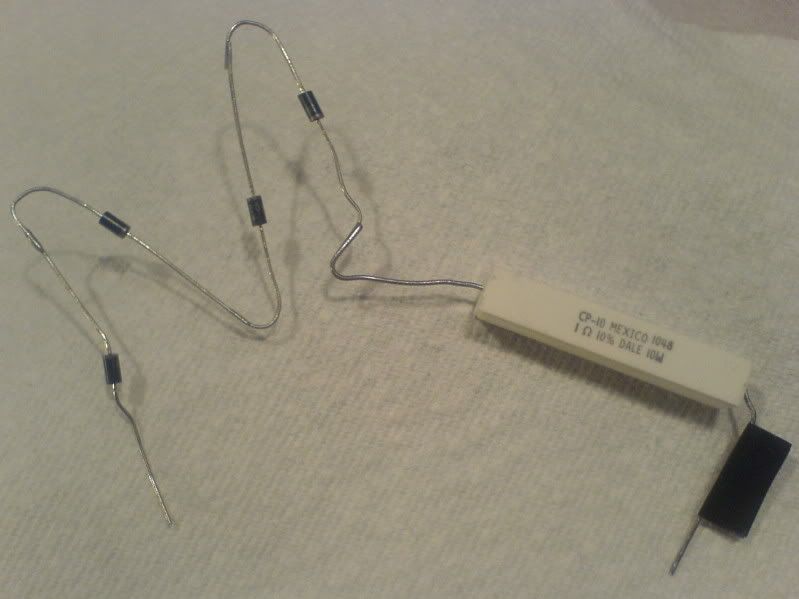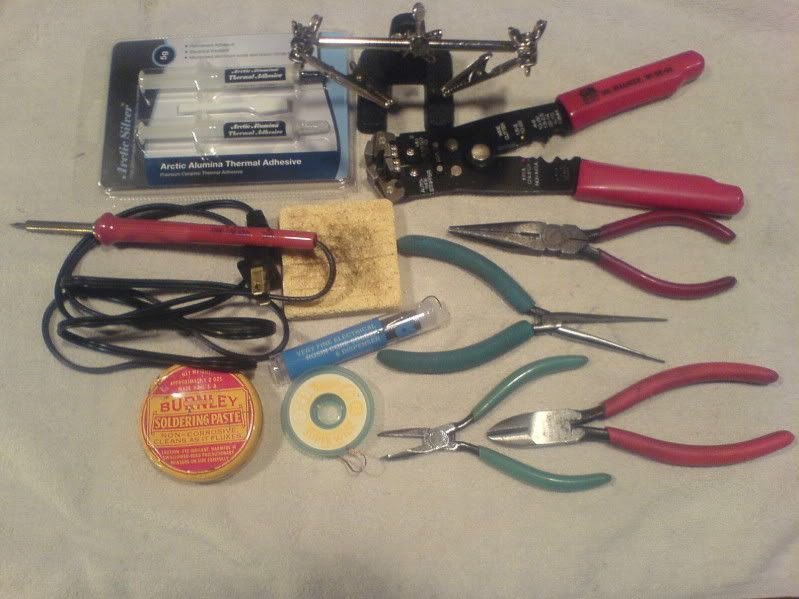- Joined
- Apr 23, 2011
- Messages
- 212
- Points
- 0
During testing and operation I learned that the rkcstr driver produced a lot more heat operating near 8.0 VDC than it does at 7.5.
hence linear driver
awww no 445? ahh well.. Lookforward to seeing your next build.










